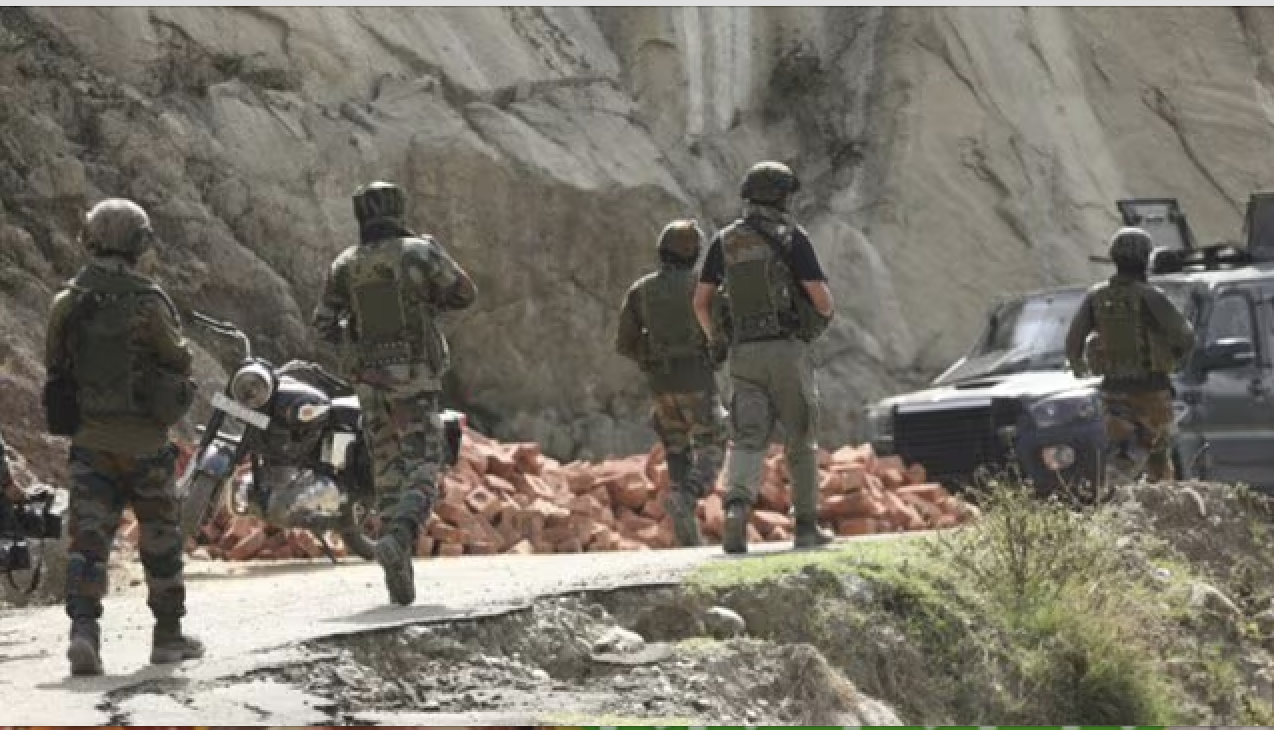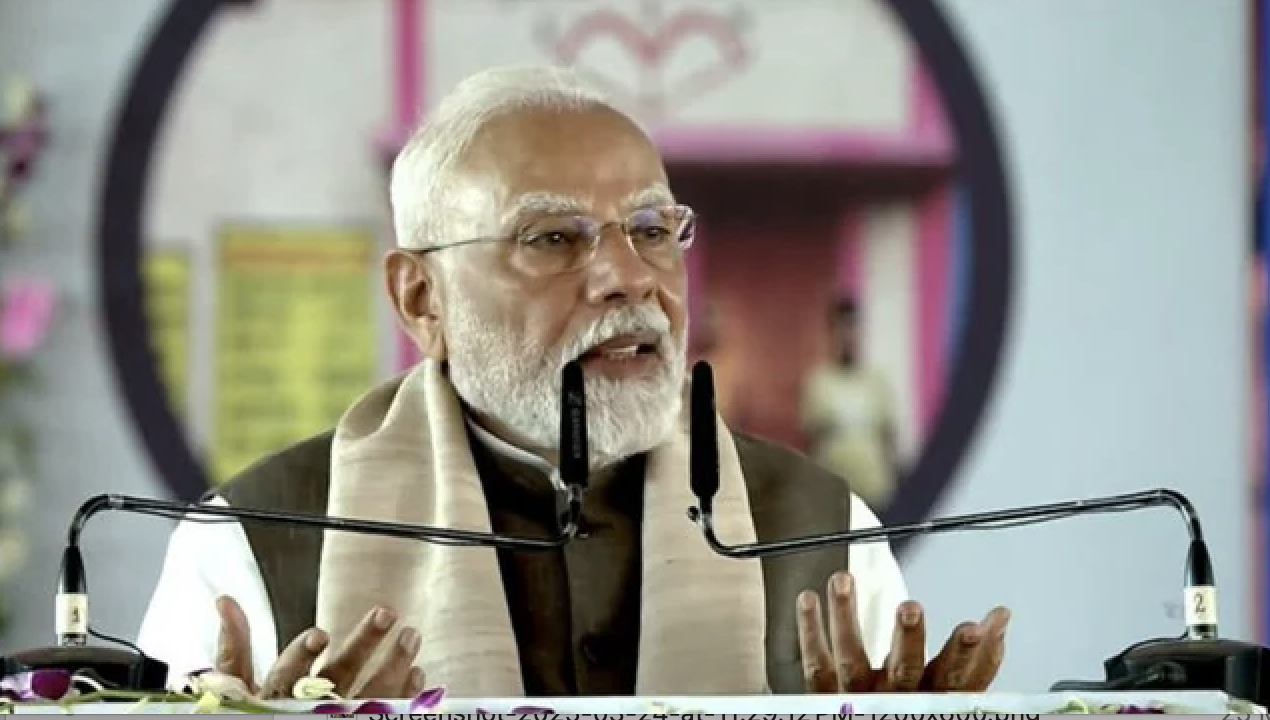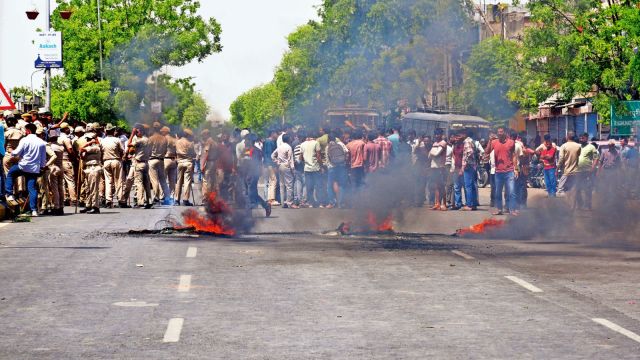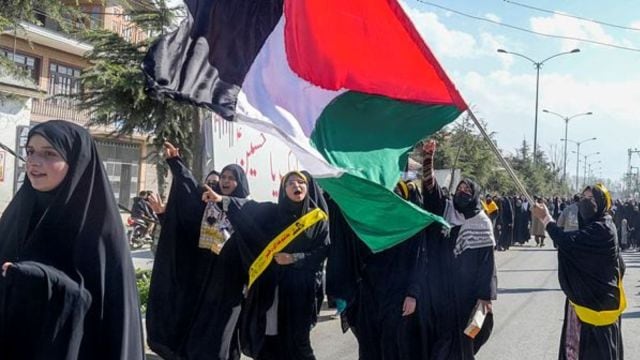
Two years after the Uttar Pradesh police allegedly killed 22 Muslims, caused grievous injuries to hundreds of people and vandalised the property of Muslims during the all-India anti-Citizenship (Amendment) Act (CAA) protests on December 19, 2019, the National Human Rights Commission (NHRC) has finally opened an inquiry into the allegations.
Headed by Investigation Officer Rajvir Singh, the inquiry was carried out in October 2021, based on several complaints by members of civil society.
One such complaint, filed by Henri Tiphagne and Maja Daruwala among others, had highlighted the complete suspension of fundamental rights in Uttar Pradesh in December 2019, relying upon media reports and personal interviews with survivors to address the ways in which the state government and police personnel had used excessive force against peaceful protesters and citizens to curb freedom of assembly and expression.
The complaint had also noted cases of arbitrary and widespread arrests carried out by the police, including cases of custodial torture and the illegal detention of minors.
Crackdown on protesters
During the anti-CAA protests around the country in December 2019 when it was learned that the Citizenship Act was to be amended to grant citizenship to illegal immigrants from Bangladesh, Pakistan and Afghanistan provided that these illegal immigrants were not Muslim, Uttar Pradesh chief minister Adityanath had openly threatened the protesters in the state with consequences, declaring that he would take ‘revenge’ on them and those who were ‘vandalising state property.’
When the CAA was passed on December 12, 2019, the protests grew stronger, with an unprecedented show of opposition on the streets and demands to reclaim India’s constitutional promise of secularism.
However, states ruled by the Bharatiya Janata Party (BJP) also cracked down hard on the protesters in ways that appeared to encroach on the dissenters’ fundamental rights.
When members of civil society, community organisations and concerned citizens jointly called for an all-India protest against the CAA on December 19, 2019, Section 144 of the Criminal Procedure Code (CrPC) was imposed in Uttar Pradesh, banning the assembly of four people or more people in the area.
Although the order for the imposition of Section 144 in the state remains unavailable even today, human rights defenders were placed under house arrest at the time and an internet shutdown was imposed across several districts for 10 days. On December 19 itself, when the anti-CAA protesters gathered, the Uttar Pradesh police fired on groups of the dissenters in several districts of the state, killing 22 Muslims and injuring hundreds of others. The police also allegedly vandalised property owned by Muslims. The majority of those who were killed and injured were daily wage workers.
Shortly after this, several complaints were filed by members of the civil society with the NHRC, demanding among other things, an independent inquiry into the police violations and an inquiry team constituted not only of police officials, but also special monitors and rapporteurs from the NHRC.
Testimonies of victims
The spot inquiry conducted by the NHRC in October 2021 recorded detailed testimonies of people who had lost their family members in police firing. These testimonies were given in person to the NHRC team. Some family members even shared videos of police personnel vandalising property and patrolling Muslim-majority areas of cities and towns. These videos showed the police personnel using abusive language and religious slurs, particularly towards Muslims.
The NHRC also recorded in-person testimonies of those who suffered bullet injuries and life-threatening injuries due to the police action. Some of the people injured in the police firing in Kanpur and Firozabad had later received notices that accused them of causing damage to public property and had been forced to pay huge amounts of money to the police.
In the two years since the anti-CAA protests, the families of the victims have repeatedly been intimidated by state and police officials and denied access to post mortem reports. They allege that they were warned several times to not speak up against the police and not travel to other cities to seek justice.
The NHRC inquiry team also took depositions from people who had been arrested under fabricated charges and tortured in custody. While the medical reports of these individuals do not indicate the use of torture, their testimonies reflect the extent to which torture was carried out as a means to quell dissent and humiliate the individual for bearing a Muslim identity. Some of these individuals had not even participated in the protests, but had been picked up by the police from their homes in the middle of the night. Those who had been in police custody spoke of being threatened on several counts: with death in an encounter, with payment for damages caused to public property and with continuous threats to family. These threats appeared to have been made by the police forces of several districts.
Justice denied?
In February 2020, the Uttar Pradesh government had admitted to the High Court of Allahabad in a compliance report that 22 persons had been killed during the anti-CAA protests in December 2019. However, despite the passage of two years and the relentless pursuit of justice by lawyers and activists, not a single first information report (FIR) has been filed against any police official for these killings.
In Meerut, Bijnaur and Kanpur, families have attempted to register FIRs by writing to senior police officials and filing applications under Section 156 (3) of the CrPC, which compels the police to file an FIR based on an order from a magistrate. But no FIRs have been filed so far.
In Ferozabad, where an FIR has been filed, the police have claimed that the accused is an ‘unknown rioter’.
The extent to which excesses were carried out for the democratic act of registering protest and the planned nature of the attack on those who belong to the Muslim minority, reflects the entire administration’s connivance in criminalising and humiliating the very presence of its Muslim citizens.
This story first appeared on thewire.in






